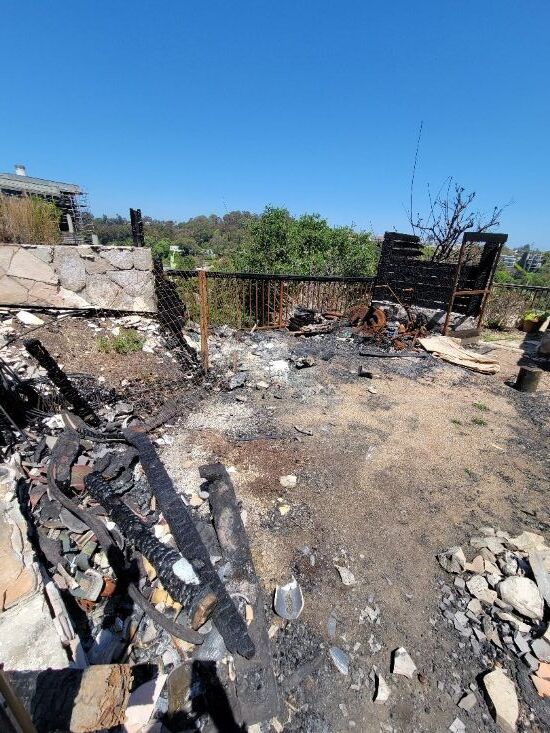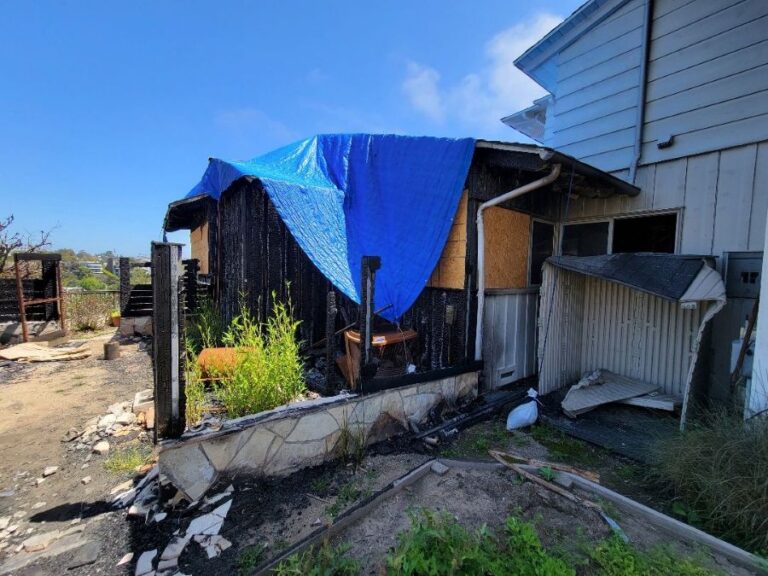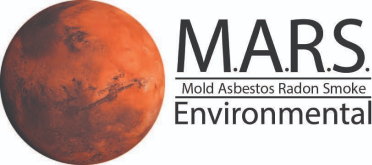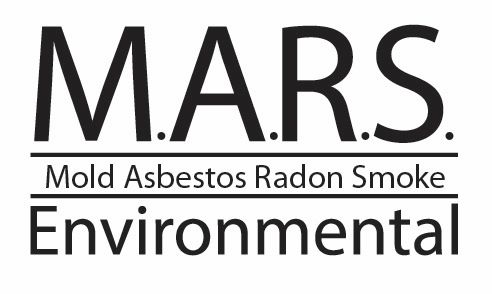Living at the intersection of nature and human development sounds like a dream for many. But it also poses unique challenges for fire safety. And it’s not just in western states; 60,000 American communities are at risk for Wildland Urban Interface fires.
In this article, certified post-fire testing and remediation expert Jeanine Humphrey, owner of M.A.R.S Environmental, explains what the WUI is and shares how homeowners living in the WUI can protect their home and family.
What Is the Wildland Urban Interface?
The wildland urban interface (WUI) is where homes, businesses, and other developments meet or overlap with wildland areas. While it’s particularly hazardous in Colorado and other states where wildfires are a natural part of the ecosystem, other regions of the U.S. are not immune.
Densely populated WUI zones exist in the east and northeast as well, where brush and grass fires can quickly spread into neighborhoods. The WUI grows by about 2 million acres every year as new construction pushes into fire-prone areas, putting more people at risk and increasing challenges for fire departments across the nation.
The Dangers of Living in the Wildland Urban Interface
Human-made structures provide massive amounts of fuel and ignition sources for fires. When homes and businesses are built close together, flames can move quickly from one to the next. Common fuel sources in WUI communities include:
- Homes (including vehicles and solar panels)
- Grocery stores & restaurants
- Car lots & bike shops
- Power lines & electrical equipment
On top of that, many WUI fires are sparked by human errors, from unattended campfires and fireworks to discarded cigarettes, unsafe debris burning, and downed power lines. Once a wildfire (whether naturally occurring or manmade) reaches a WUI, it spreads rapidly and puts anyone in its path in immediate danger.
How Do WUI Fires Differ from Wildfires?
In addition to acting as fuel sources, human-made structures also introduce different chemicals when burned. Wildfires primarily produce smoke, char, and ash. But when buildings, vehicles, and electronics are burned in a WUI fire, it produces soot that can contain toxic substances such as:
-
- Lithium & cyanide residuals from burning batteries and solar panels
- Heavy metals like lead, arsenic, hexavalent chromium, and beryllium
- Polycyclic aromatic hydrocarbons (PAHs)
- Volatile organic compounds (VOCs) such as benzene, formaldehyde, and chlorine
Exposure to this smoke and soot can cause long-term health issues, especially for people with lung conditions or weakened immune systems.

What Steps Can I Take to Protect My Home and Family if I Live in the WUI?
If you live in the WUI, you’re at risk year-round, not just during peak fire season. Fires can happen any time. The Marshall Fire (the costliest in Colorado history) and the 2025 Eaton Fire both happened in the middle of winter.
While you can’t stop fires from starting, you can minimize damage and protect your family during post-fire remediation.
Protect Your Home
- Install fire suppressor systems: If budget allows, add sprinklers or another fire suppression system that you can turn on from the outside.
- Harden your home: Upgrade to a Class A roof, non-combustible siding, and ember-resistant vents to make your home less vulnerable to flames. (Check Cal Fire’s other home hardening tips.)
- Maintain defensible space: Trim plants and trees, remove dead vegetation, and keep combustibles (like propane tanks) away from your home.
- Secure openings: Before evacuating, close all doors and windows to prevent embers from entering. Install self‑closing devices where applicable.
Protect Your Family
- Register for reverse alerts: Sign up with your local emergency management system and update your info yearly.
- Pro Tip: Test to make sure all household members get alerts.
- Leave at the first sign of smoke: Don’t wait. Smoke is dangerous, and evacuations get harder if too many people wait to leave.
- Pro Tip: Bookmark your county’s incident and air-quality pages for easy access to up-to-date information.
- Practice your evacuation plan: Create and rehearse a communication and evacuation plan (for people and pets). Run 5-minute and 30-minute drills, including in the middle of the night.
- Pro Tip: Identify multiple routes and a meet-up spot in case you’re separated.
- Prepare a wildfire emergency kit: Stock water, food, meds, chargers, flashlights, batteries, first‑aid, N95s, goggles, sturdy shoes, copies of IDs/insurance, cash, and backup drives of important documents.
- Pro Tip: Put your kit in a bag that is easy to transport and keep it by the door for grab-and-go access.
- Register for reverse alerts: Sign up with your local emergency management system and update your info yearly.
If your home does catch fire, don’t rush back in. Take time to ensure proper remediation before moving back in.

How to Make Sure Your Home is Safe to Reenter After a Fire
Just because the flames are out doesn’t mean your home is safe. Fire-damaged structures can contain toxic soot, VOCs, and contaminated materials. To protect yourself and ensure thorough remediation, keep these rules in mind:
- Don’t re-enter immediately: As tempting as it is to go in and assess the damage, don’t go in without proper PPE. Call your insurance company to start the claim and hire a professional to test for toxins before going back in.
- Don’t clean up: Premature cleanup erases evidence and makes it easier for insurance companies to downplay the extent of damage. Instead, document damage with photos and videos.
- Don’t remove belongings: Clothes, furniture, and electronics may be contaminated even if they don’t smell like smoke. Get everything tested before deciding what can be salvaged.
- Don’t rely on preferred vendors: You have a legal right to choose your testing and remediation company. Choose one who is going to make decisions with your safety in mind, not your insurer’s pocket.
- Don’t accept ozone or hydroxyl generator “fixes”: Companies often take advantage of homeowners who have been devastated by house fires and sell them “fixes.” These might remove odors, but they do not remove toxins and can actually cause more harm to people with lung sensitivities.
Pro Tip: Create a dedicated email account just for fire remediation and insurance communication. Store all documentation, photos, and correspondence there. If your insurer gives instructions over the phone, request a written follow-up email for your records.
How Does Living in the WUI Impact Insurance Coverage?
Homeowners living in the WUI can still find insurance coverage; however, as risks increase, that could change. Some insurers are pulling out or decreasing coverage in fire-prone areas. Others limit how much they’ll pay for fire losses or make it extremely difficult for homeowners to file fire-related claims.
To protect yourself financially:
1. Review your policy yearly: Read the fine print, ask questions, and assess whether your coverage is adequate. If it’s not, shop around for a better policy.
2. Don’t shop on price alone: Lower premiums often mean you’re undercovered. If your premiums rise, ask why it went up. It’s often because your rebuild coverage increased (which is a good thing).
3. Build a buffer fund: If possible, set aside money each month to build a savings account that’s just for fire-related emergencies and gaps in insurance coverage.
Pro Tip: Twice a year, take photos and videos of your entire home to maintain an up-to-date inventory of your belongings and make it easier to get properly reimbursed.
Key Takeaways
Living near wildland has its perks, but it also comes with serious risks. If you live in a wildland urban interface:
-
- Know your risks and take steps to harden your home against fire.
- Stay aware and prepared – fires can start anytime, not just in fire season.
- Practice evacuation with your family so everyone knows what to do.
- Maintain comprehensive insurance coverage and keep detailed documentation of your home and belongings.
- Ensure thorough inspection and remediation before moving back into your home.
Although you can’t completely prevent fires, these steps can help minimize damage and protect your family’s safety.


